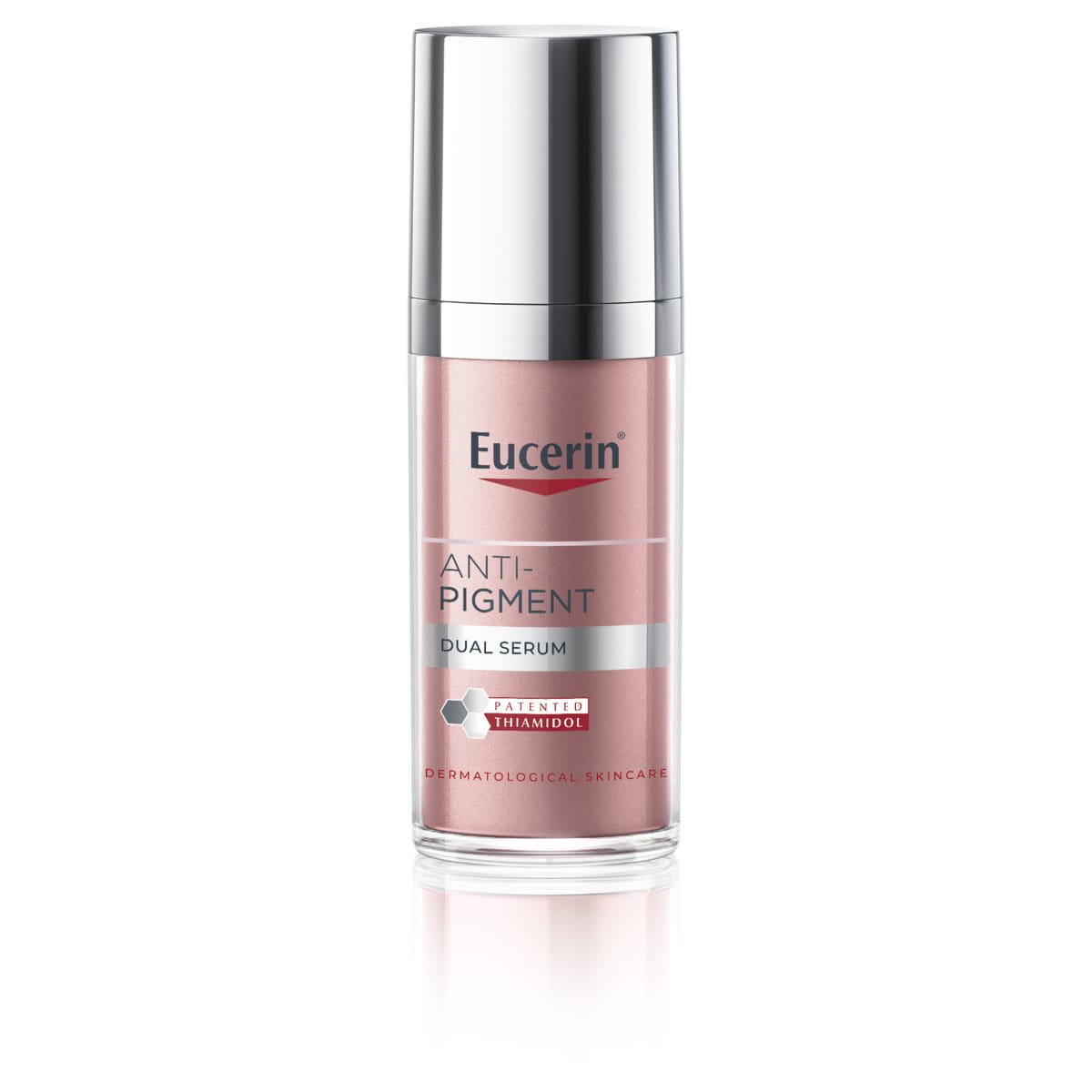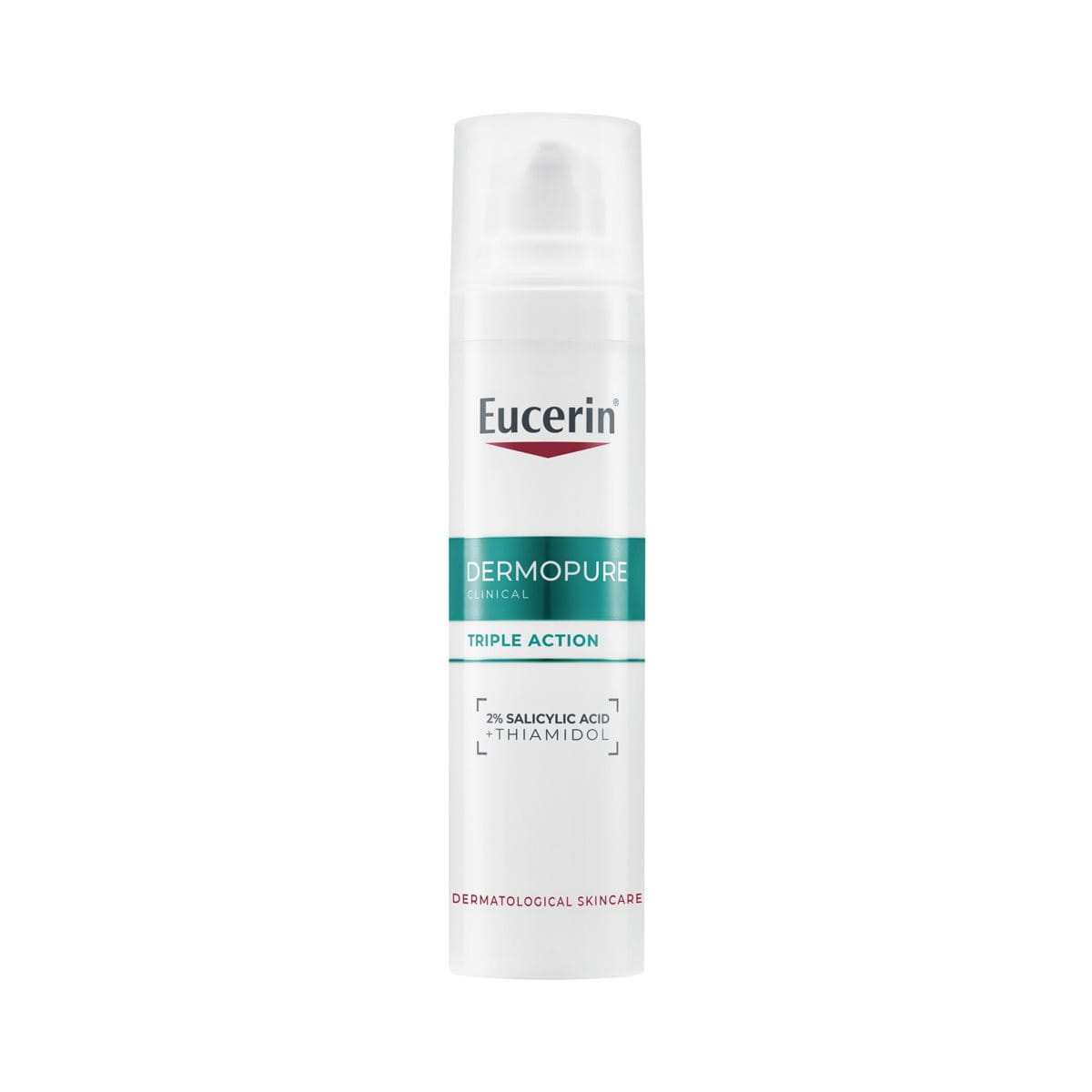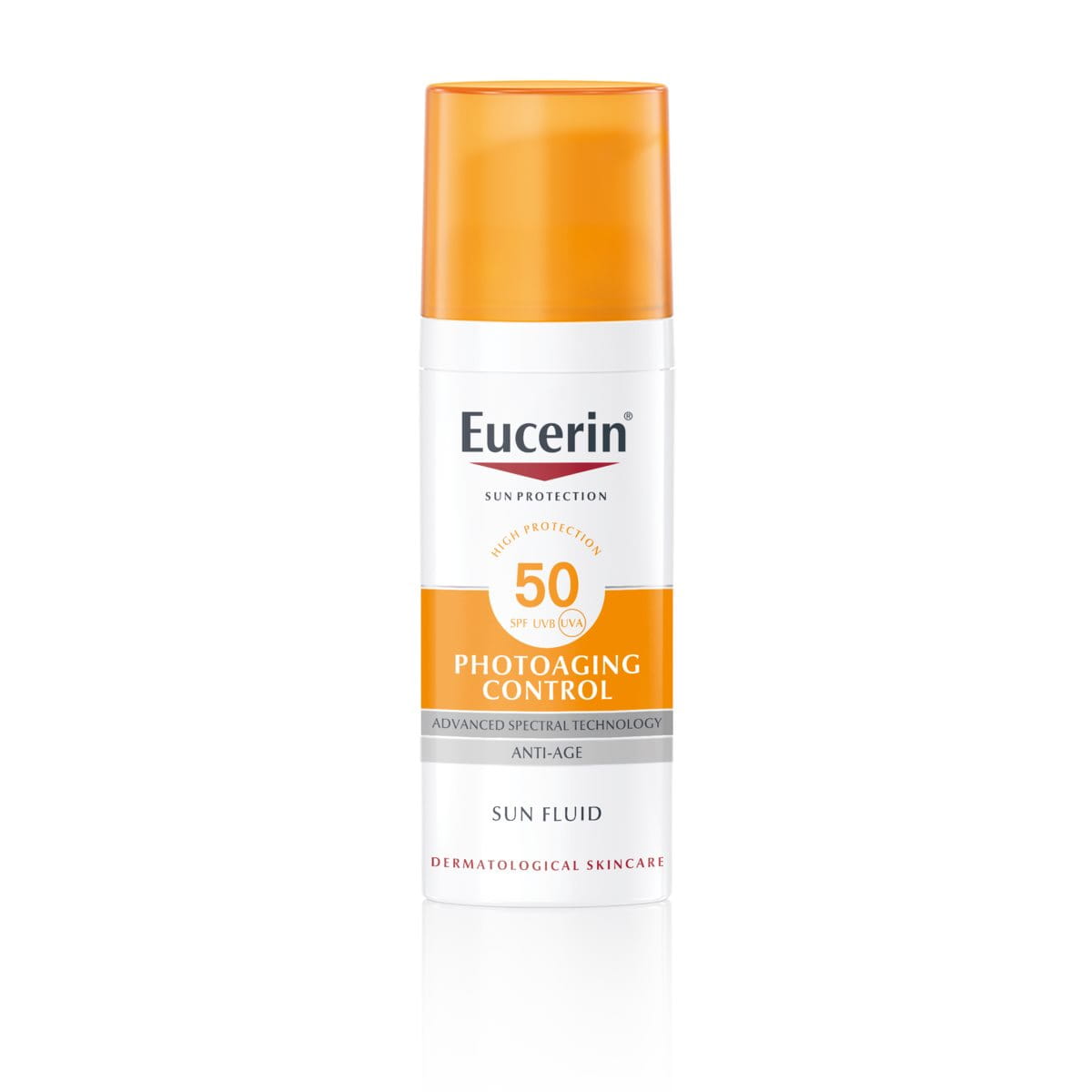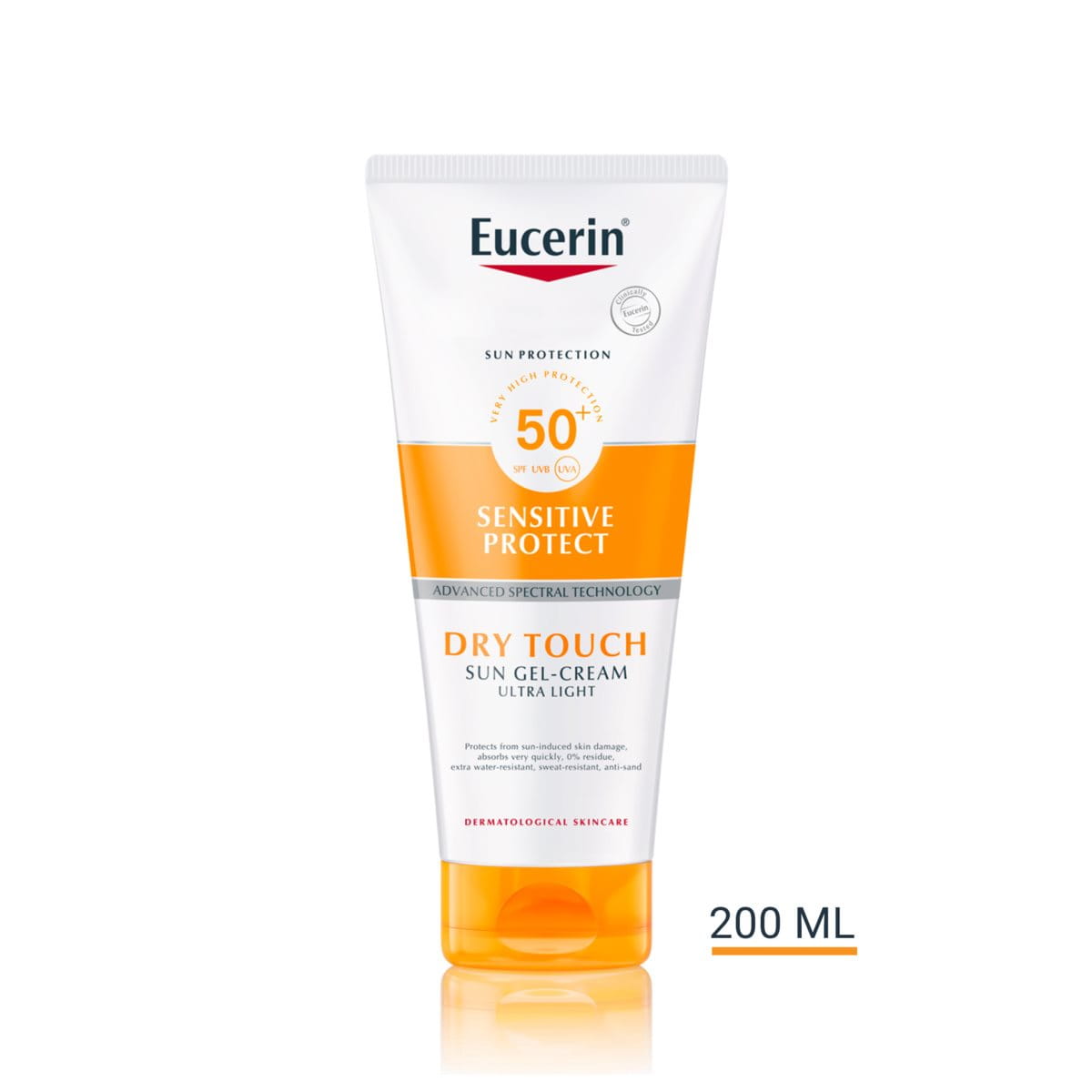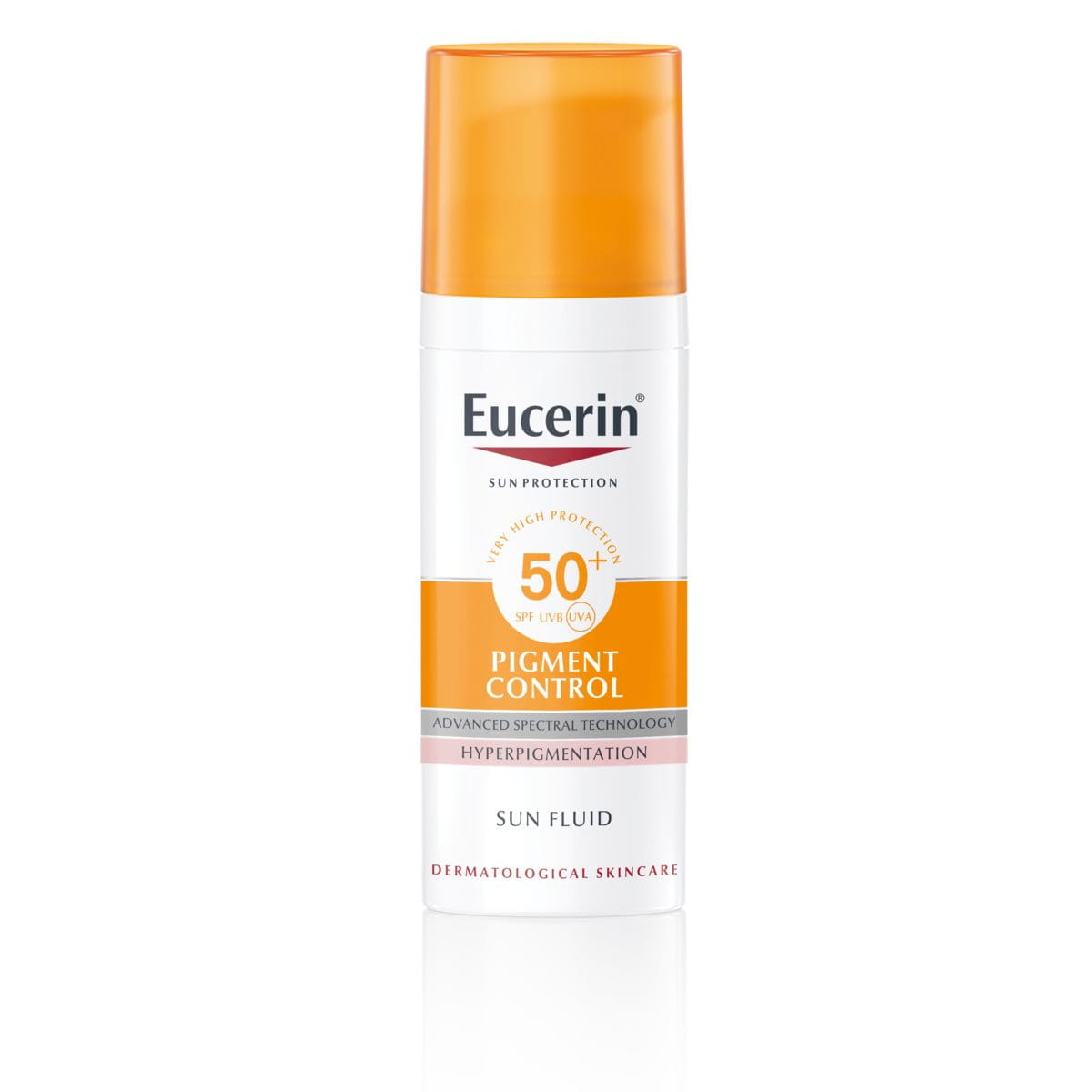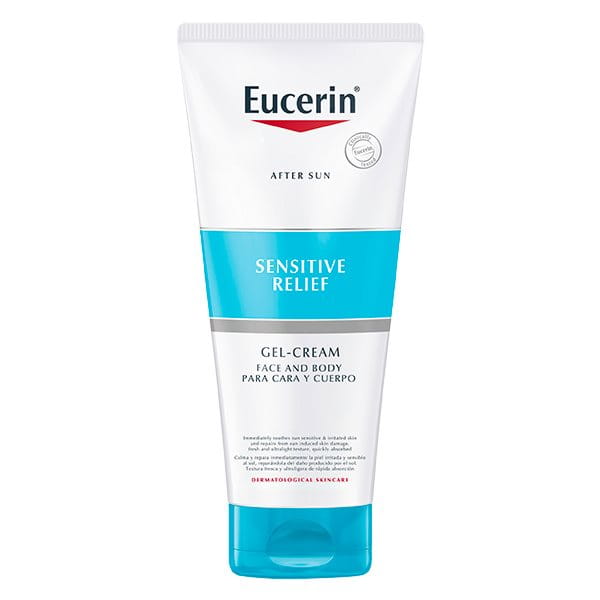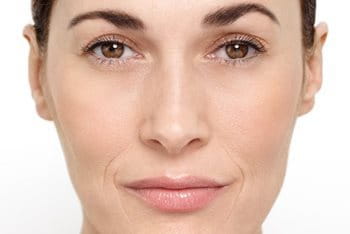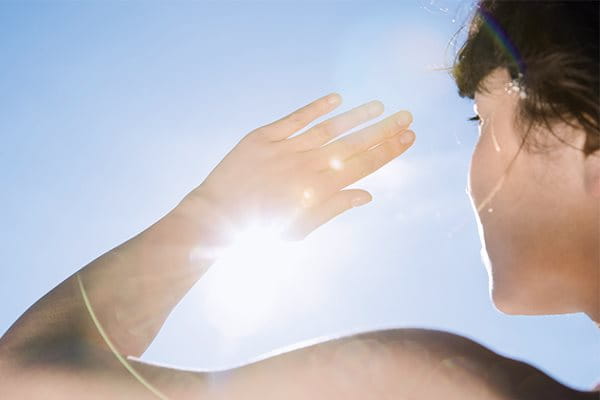
Sunlight, in moderation, is good for us, but overexposure to the sun can damage skin both on the surface and at a cellular level. This article looks at the different rays that make up sunlight, examines the positive and negative effects those rays have on skin condition and outlines the factors that influence the way your skin reacts to the sun.
What is sunlight made up of?
Sunlight consists of a spectrum of rays: visible light, ultraviolet (commonly known as UV) and infrared light. Light is measured in wavelengths – the units of which are nanometers (nm) and millimeters (mm). Each of the different rays of light in the spectrum has a distinct wavelength.
Visible light
Visible light accounts for approximately 50% of the sunlight spectrum and, as the name suggests, is the only part of light that can be detected by the human eye. It has a wavelength range in the region of 400 to 760nm. The part of this visible spectrum towards the 400nm blue/violet range has a particularly high energy level and is known as high-energy visible (HEVIS) light or HEVL.
UV rays
Ultraviolet light is invisible to the human eye and comes in three forms: ultraviolet A (UVA), ultraviolet B (UVB) and ultraviolet C (UVC).
UV light has a shorter wavelength than visible light. UVC rays have the shortest wavelength (of between 100 and 290nm). They are blocked by the earth’s atmosphere and so don’t reach the skin. UVA and UVB rays have a wavelength of between 280nm and 400nm, though UVA has a longer wavelength than UVB. Together they make up about 5% of the sun’s rays.
UVA rays are less intense than UVB, but there are 30 to 50 times more of them. They are also present constantly, with relatively equal intensity, during all daylight hours throughout the year. UVB rays, however, fluctuate throughout the day and are at their strongest at noon. Both pass virtually unhindered through cloud and smog.
Infrared light
Infrared A and B rays have a longer wavelength of between 760nm and 1000nm (1mm) and – like UV rays – are not visible to the human eye. They account for the remaining 45% of light.
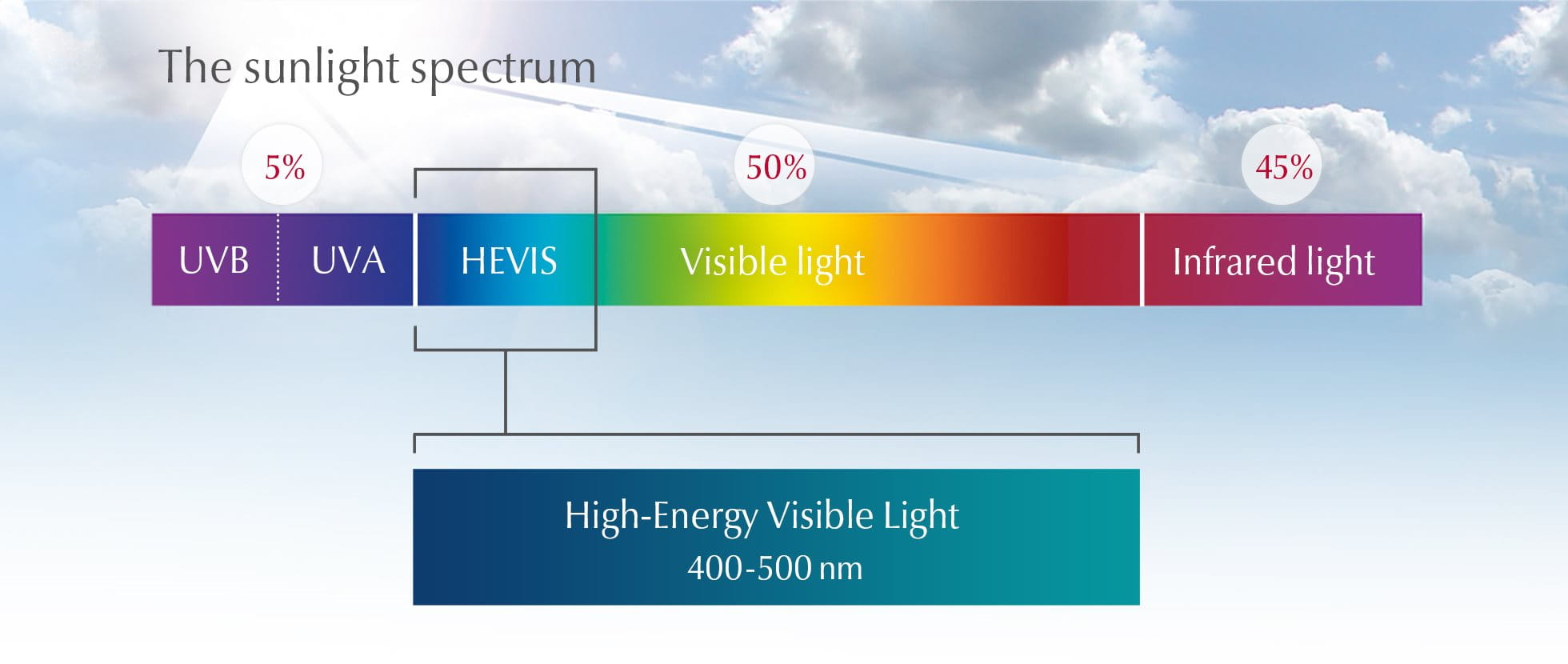
How do the sun’s different rays affect skin?
Sunlight can be good for us, but too much sun causes skin damage. Sunburn, photoaging (premature skin aging caused by the sun), hyperpigmentation and sun allergies are examples of visible skin damage, but the effects of sun exposure can go even deeper, causing DNA damage at a cellular level.
UV rays (both UVA and UVB) are the main cause of sun-induced skin damage but high-energy visible (HEVIS) light can cause further stress to skin. The rays affect skin in different ways:
How do UVB rays affect skin?
UVB rays provide the energy your skin needs to make Vitamin D, they stimulate the production of melanin which is responsible for tanning. They don’t travel as deeply as UVA rays, penetrating only the outermost layers of skin (the epidermis), but they cause more immediate damage such as sunburn and can cause skin to thicken temporarily. UVB rays are directly absorbed by cellular DNA and can lead to skin diseases such as actinic keratosis and skin cancer.
UVB rays (as well as UVA and HEVIS) can induce hyperpigmentation.
How does HEVIS light affect skin?

UVA rays penetrate the deeper layers of skin (the dermis). They stimulate the production of free radicals in the skin which cause oxidative stress and can lead to indirect DNA damage: (where the free radicals modify cellular DNA over time). UVA rays are most commonly associated with:
- Photoaging (premature skin aging caused by the sun):
- Sun allergies such as PLE (UVB rays can also provoke allergies, but to a lesser degree)
- Hyperpigmentation such as sun spots (also known as age spots)
Attention
How does the sun cause oxidative stress?
UVA and HEVIS light rays interact with skin cells and generate free radicals. These free radicals are highly reactive oxygen molecules and are also known as ROS – Reactive Oxygen Species. The body uses antioxidants to neutralize these potentially harmful free radicals. When there is an imbalance between the production of free radicals and the body’s ability to neutralize them the free radicals start to damage cells in a process known as oxidative stress.
The negative effects of sunlight on skin: premature aging
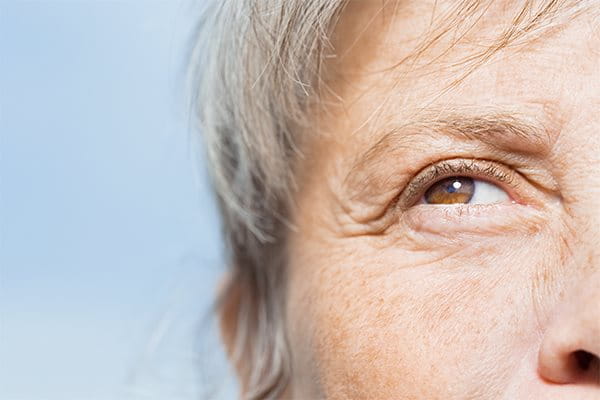
Skin aging is, of course, an entirely natural process, but when skin ages prematurely it may start to sag and develop wrinkles before its time. For example, squinting your eyes in the sun will deepen your crow's feet, and exposed facial wrinkles, such as marionette lines and nasolabial folds, will deepen further without protection. Up to 90% of premature skin aging is thought to be caused by the sun1 and is known as photoaging. The direct DNA damage caused by UVB rays plays a role in photoaging but the main cause is the oxidative stress triggered by UVA rays and HEVIS light. The free radicals induced not only stress skin cells they also break down collagen and elastin which are important for smooth, plumped skin: wrinkles form, skin loses volume and hyperpigmentation issues such as sun spots (also known as age spots) appear prematurely. You can read more in
Photoaging: what causes it and how can I prevent it?
- Ramos-e-Silva et al., ‘Anti-aging cosmetics: Facts and controversies’. Clin Dermatol. 2013 Nov-Dec; 31(6): 750-8.

What are the positive effects of sunlight on skin?
It is well known that sunlight can lift our mood and that a lack of exposure to sunlight can lead to Vitamin D deficiency and Seasonal Affective Disorder (SAD). The two may well be connected.
Positive effects of sunlight on skin: Vitamin D
Sunlight is an important source of Vitamin D which is essential for many of the vital processes in our body: it keeps our bones healthy and may lower the risk of depression.
Positive effects of sunlight on skin: Mood enhancement

Studies have shown that the rate of serotonin production in the brain is directly affected by the amount of sunlight the body is exposed to that day. Serotonin levels are higher on bright days than on overcast or cloudy days. Serotonin is a powerful brain chemical that controls mood and is associated with happy feelings.
Similarly, people who have reduced exposure to sunlight, usually in the winter months in the northern hemisphere, can experience symptoms of depression, difficulty concentrating, low energy or fatigue and excessive sleeping. Together these symptoms are classified as Seasonal Affective Disorder (SAD).
What are the negative effects of sunlight on skin?
Over exposure to the sun is bad for skin and for our health in general. Here are some of the problems it can cause:
The negative effects of sunlight on skin: sunburn
Sunburn is the most common form of sun damage and is caused by UVB rays. It is characterized by red, sore and blistering skin. Find out more about sunburn blisters. Symptoms may take up to five hours to appear. There are actions you can take to prevent and treat sunburn to ensure your skin stays healthy for longer.
The negative effects of sunlight on skin: hyperpigmentation

Hyperpigmentation is caused by an overproduction of melanin – the natural pigment that gives skin its color. This overproduction causes uneven skin tone and can be triggered by a variety of factors but the most common is overexposure to the sun. UVA, UVB and HEVIS light rays are all connected with pigmentation issues and may contribute to conditions such as age spots (also known as sun spots) and melasma. Read more in Hyperpigmentation: what causes dark spots and how can I reduce them?
The negative effects of sunlight on skin: sun allergies
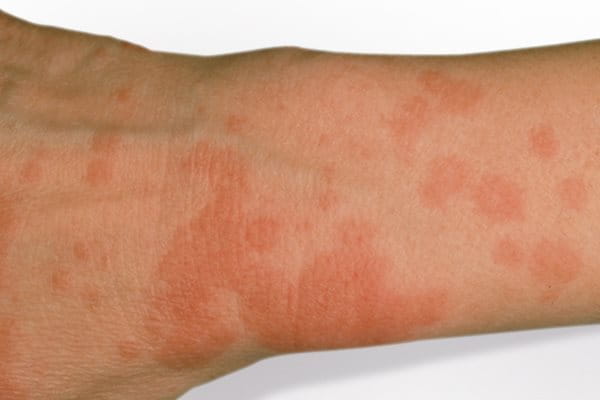
Research suggests that a propensity to sun allergies is genetic, but that 80% of cases are triggered by UVA rays. When people have the underlying condition, their immune system identifies and reacts against areas of skin altered by the sun producing a rash. Read more in Sun allergies: how can I help prevent PLE and protect my allergy-prone skin?
The negative effects of sunlight on skin: skin diseases
The UVB rays that lead to sunburn and damage the cellular DNA directly can, in the worst cases, cause skin diseases such as actinic keratosis (dry, red or brown scaly patches of skin that can be painful but are harmless if treated) and skin cancer.
Physicians and dermatologists warn increasingly about the strong correlation between the sun and skin cancer. There are three main types of skin cancer:
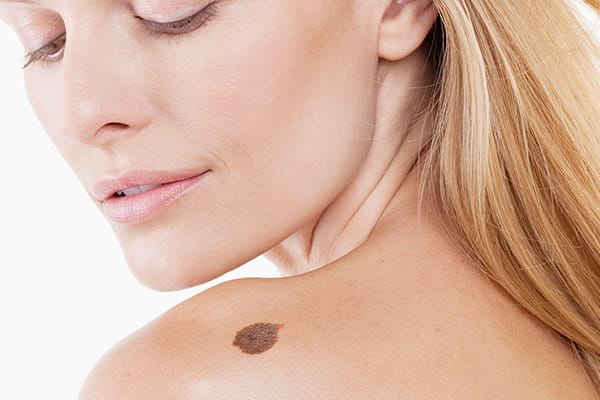
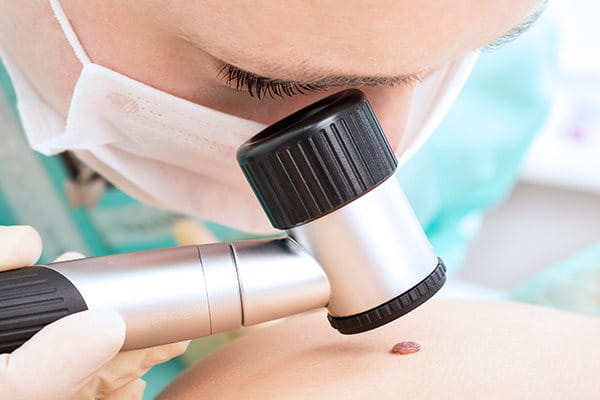
- Basal cell skin cancers appear as small, slow growing and shiny pink or red lumps. They are most frequently found on the face, scalp, ears, hands, shoulders and back.
- Squamous cell carcinoma are usually pink lumps. They may have hard or scaly skin on the surface and are most often found on the face, neck, lips, ears, hands, shoulders, arms and legs.
- Melanoma is the most serious type of cancer. The first sign is often the appearance of a new mole or the change in appearance of an existing mole. Melanomas are more likely to have an irregular shape, be more than one color and be larger than 6mm. They can be found anywhere on the body but the back, legs, arms and face are the most common locations.
If you are in any way concerned about moles or lumps on your skin consult your doctor.
What factors determine the way the sun affects skin?
A number of external and internal factors can influence the way our skin reacts to the sun’s rays:
External factors that influence the way skin reacts to the sun
Our geographic location, the season, the climate and the time of day all impact on the intensity of the sun’s rays. They amount of time we spend in the sun, and the way in which we protect our skin from it, has a considerable impact on skin health by limiting the negative effects of the sun.
Find out how best to care for skin in What is SPF?, Should you wear sunscreen every day? and Why do I need daily sun protection for my face.
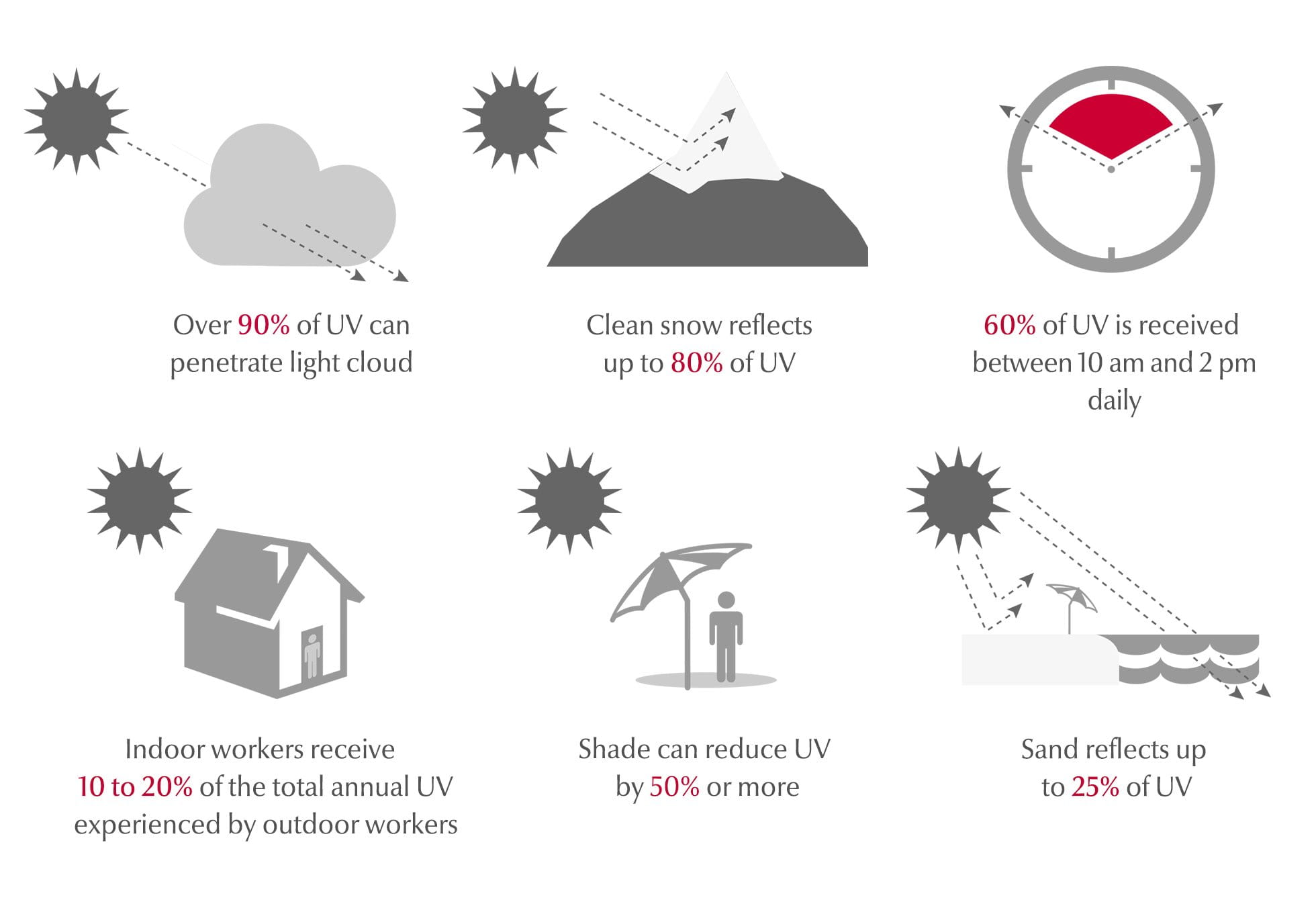
Internal factors that influence the way skin reacts to the sun
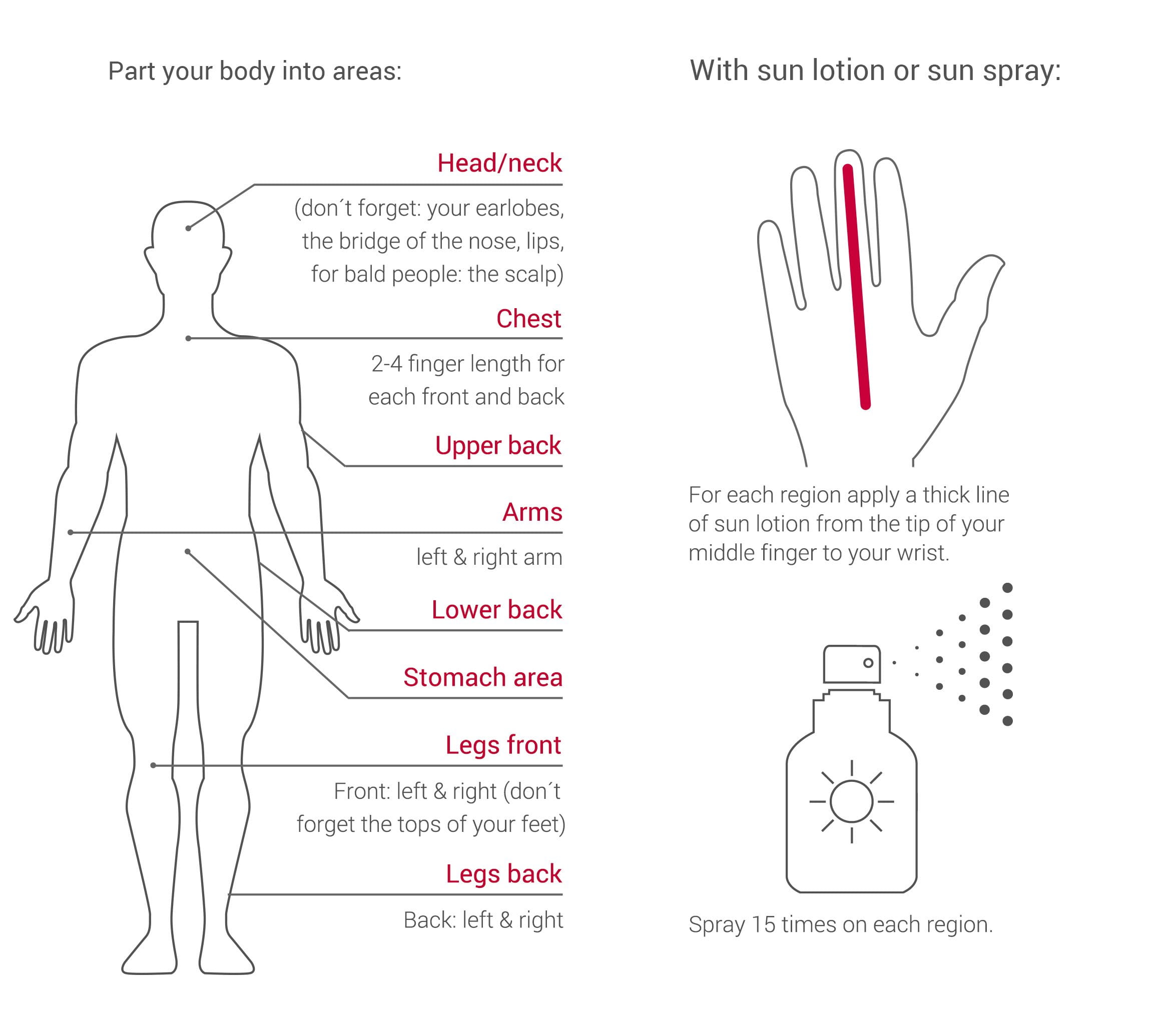
Different skins react in different ways to the sun:
- Tone: Pale skin can be more prone to sunburn while darker skin is often more susceptible to hyperpigmentation.
- Age: Children’s skin and mature skin is thinner and more fragile than skin at other ages and is particular sensitive to sun damage.
- Location: Some areas of skin – such as the face, neck, décolleté, arms and hands – are more exposed to sun than other parts of the body.
- Type: Oily and acne prone skin has different sun protection needs to dry skin
- Condition: The sun can trigger sun allergies, and those taking certain medications, as well as people who have recently had a chemical peel or laser treatment, may find that their skin is more sensitive to the sun.
Learn more about much sunscreen you should apply to your face and body here.
Eucerin Sun Protection

Tailored to specific skin conditions, the Eucerin Sun range offers:
- Advanced Spectral Technology: Broadband and photostable UVA/UVB filters 2 for superior UV protection combined with Licochalcone A to neutralise free radicals induced by UV and HEVIS light
- Additional DNA protection: Glycyrrhetinic Acid supports skin’s own DNA repair mechanism to further protect skin at a cellular level
- A range of face and body products tailored to your skin type: with textures that suit, and ingredients that address, your primary skin concern.
Find out more about the Eucerin sun protection range here.
